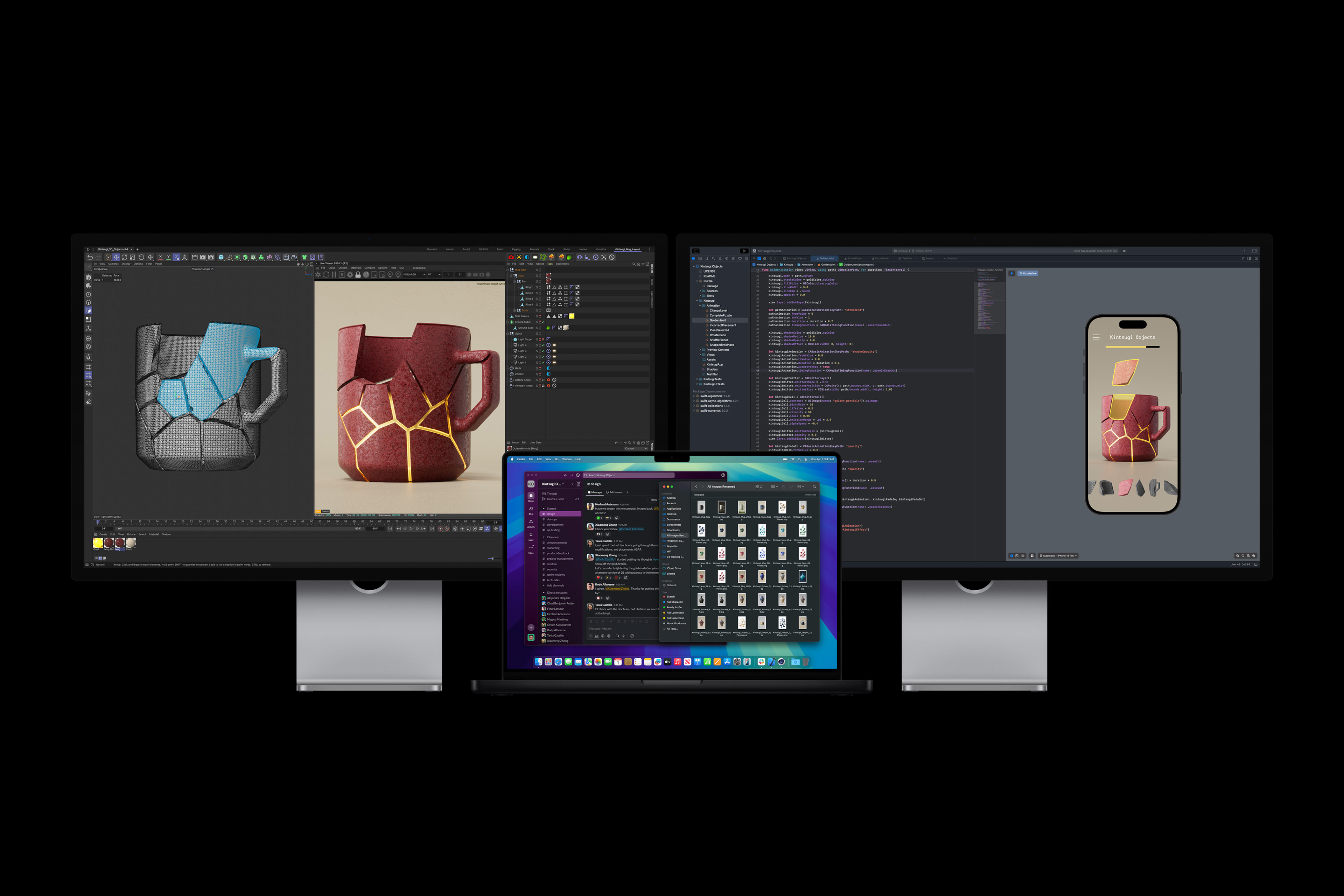![]()
Apple today
announced new 14-inch and 16-inch MacBook Pro models featuring M4 Pro and M4 Max chips, alongside a
new entry-level 14-inch MacBook Pro powered by the M4 chip.
The new M4 Pro and M4 Max machines come with a minimum of 24GB of Unified Memory as standard, up from 18GB in the previous models. Both models feature three Thunderbolt 5 ports, the newest specification of Thunderbolt that offers speeds of up to 120 Gb/s with Bandwidth Boost, which is triple the maximum bandwidth of Thunderbolt 4.
The new standard also features support for native DisplayPort 2.1 output over USB‑C. Thunderbolt 5 is fully compatible with USB4, and supports advanced protocols such as PCIe 4.0, allowing faster data access speeds for storage devices and peripherals.
M4 Pro features a 14-core CPU with 10 performance cores and four efficiency cores, along with up to a 20-core GPU that is twice as powerful as M4, according to Apple. With M4 Pro, the new MacBook Pro offers a 75% increase in memory bandwidth over the prior generation. The new MacBook Pro with M4 Pro is also up to 3x faster than models with M1 Pro, says Apple.
The M4 Max model features up to a 16-core CPU, up to a 40-core GPU, over half a terabyte per second of unified memory bandwidth, and a Neural Engine that is over 3x faster than M1 Max. With M4 Max, MacBook Pro delivers up to 3.5x the performance of M1 Max, according to Apple. The M4 Max also supports up to 128GB of unified memory.
All models include an improved Liquid Retina XDR display thanks to an all-new nano-texture display option, offering up to 1000 nits of brightness for SDR content. There's also a new 12MP Center Stage camera, which Apple says delivers enhanced video quality in challenging lighting conditions. The new camera also supports Desk View, which shows both your face and the desk immediately below. On the 14-inch MacBook Pro, the M4 Pro model offers up to 22 hours of battery life, while the M4 Max model offers up to 18 hours. For the 16-inch MacBook Pro, users opting for the M4 Pro can get up to 24 hours of battery life, while the M4 Max offers up to 21 hours.
All MacBook Pro models feature an HDMI port that supports up to 8K resolution. The M4 Pro model is able to support up to three 6K displays at 60Hz over Thunderbolt or HDMI, an improvement over the previous M3 Pro model. Apple's M4 Pro chip alternatively supports one display at 6K resolution over 60Hz and a second display at 8K resolution at 60Hz or 4K resolution at 240Hz.
Meanwhile, the M4 Max model supports up to three external displays with 6K resolution at 60Hz over Thunderbolt and one external display with up to 4K resolution at 144Hz over HDMI, or up to two external displays with 6K resolution at 60Hz over Thunderbolt and one external display with up to 8K resolution at 60Hz or one external display with 4K resolution at 240Hz over HDMI.
In addition, both models come with a SDXC card slot, a MagSafe 3 port for charging, and a headphone jack, along with support for Wi-Fi 6E and Bluetooth 5.3.
Like their predecessors, the new MacBook Pro models with M4 Pro and M4 Max are available in space black and silver colors. The new MacBooks are available to pre-order starting today, and they will be available beginning Friday, November 8. In the US, pricing starts at $1,599 for the 14-inch MacBook Pro, and $2,499 for the 16-inch MacBook Pro.
Article Link:
Apple Announces MacBook Pro Models With M4 Pro and M4 Max Chips, Thunderbolt 5 Support, and More



